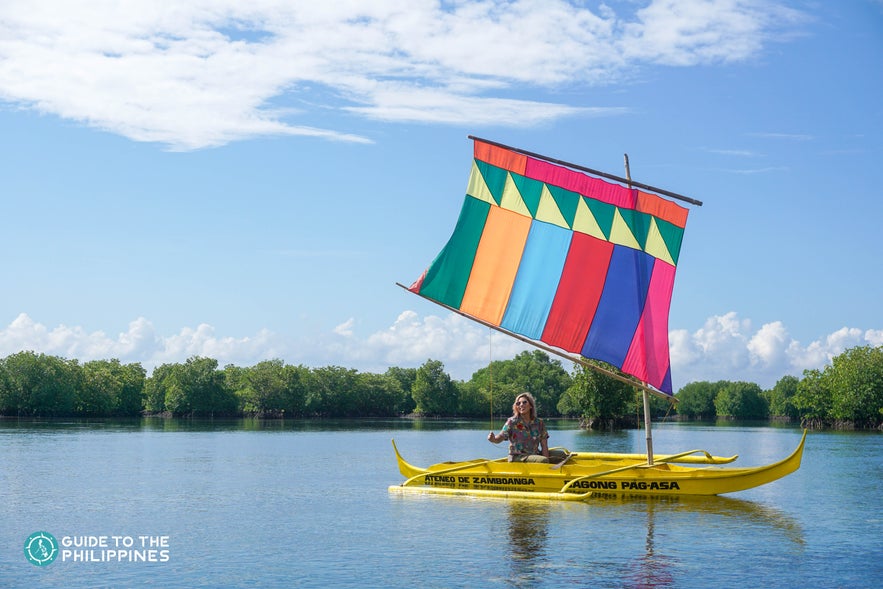
With its rich history, warm people, and scenic landscapes, Zamboanga is perfect for travelers looking to explore destinations beyond the usual tourist trails. Booking Zamboanga tours offers a hassle-free way to discover the city’s top attractions and hidden gems.
Cultural and Historical Attractions
One of the city’s most iconic landmarks is Fort Pilar, a 17th-century Spanish fort that now serves as a shrine and museum showcasing the region’s cultural heritage. Just nearby is the Zamboanga City Hall, a stunning colonial structure that reflects the city’s Spanish architectural roots.
Another cultural highlight is the Yakan Weaving Village, where visitors can witness traditional hand-loomed textiles by the Yakan people—an indigenous Muslim group. The village also sells vibrant fabrics, accessories, and souvenirs that make for unique keepsakes.
Nature and Outdoor Adventures
Zamboanga is home to Great Santa Cruz Island, renowned for its rare pink sand beach, which gets its unique hue from crushed red organ pipe coral. The island is perfect for swimming, snorkeling, and eco-tours, including guided mangrove boat rides that showcase the area’s rich biodiversity.
Closer to the city center, Pasonanca Park offers a peaceful escape with its botanical gardens, butterfly sanctuary, and treehouse accommodations. For panoramic views of the city and a spiritual experience, Abong-Abong Park features a pilgrimage trail with life-size Stations of the Cross winding up a hilltop.
Local Cuisine and Markets
Zamboanga’s food scene is as diverse as its culture. Must-try dishes include satti—grilled meat skewers served with a spicy peanut-based sauce—and curacha, a giant deep-sea crab served with rich Alavar sauce, a signature Zamboangueño delicacy.
For local flavors and fresh produce, visit Canelar Barter Trade Center, where you can also find imported goods from nearby Southeast Asian countries.
Best Time to Visit
The best time to visit Zamboanga City is during the dry season from December to May, when the weather is ideal for outdoor activities and island trips. For a cultural experience, time your visit with the Zamboanga Hermosa Festival in October, one of the oldest and grandest festivals in Mindanao.
Plan Your Trip
Whether you’re seeking historical insight, cultural immersion, or a relaxing island escape, Zamboanga City offers a unique and enriching travel experience. Book Zamboanga tours in advance to explore the city's highlights with ease and discover why it remains one of the most intriguing destinations in the southern Philippines.









